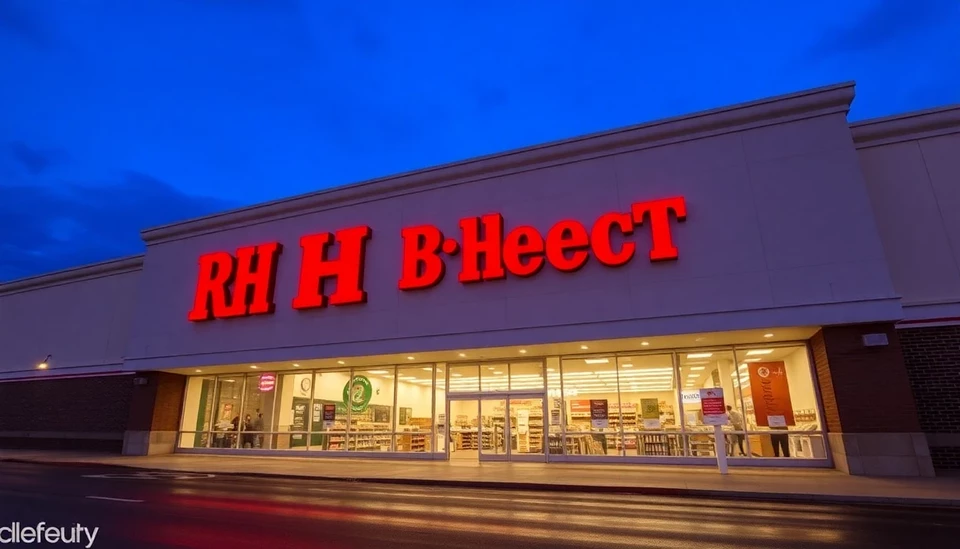
In a dramatic turn of events, RH, formerly known as Restoration Hardware, saw its stock price plummet by approximately 30% following concerns over potential tariffs introduced by former President Trump. This shocking slump reflects the company’s challenging market conditions and an outlook that failed to meet investor expectations.
The drop in RH’s stock emerged after the company released its latest financial projections, which fell short of analysts' forecasts. Investors were particularly alarmed by the potential impact of renewed tariffs on furniture importation, a sector where RH holds significant market share. The proposed tariffs could significantly raise costs, squeezing margins and potentially leading to higher prices for consumers.
Market analysts had anticipated a more optimistic outlook from the luxury home furnishings retailer. However, executives at RH indicated that the prevailing economic climate and increasing costs of materials had undermined the company’s growth prospects. This unexpected news resulted in a steep decline in investor confidence, subsequently reflected in the dramatic fall in stock price.
The company has struggled with headwinds ranging from fluctuating supply chain expenses to dampening consumer spending, which has been further exacerbated by inflationary pressures. Coupled with the environmental uncertainties surrounding trade policies, RH's management faces an uphill battle to reassure stakeholders and regain market stability.
Despite the negative outlook, there are hopes that RH can readjust its strategies in response to these new challenges. Investors remain watchful for any signs of resilience or innovative moves that might counteract the adverse effects of the current political and economic landscape.
As RH navigates through this volatile period, the broader implications of potential tariffs on the furniture industry could set a precedent for how luxury goods are traded in the future. Market watchers will need to keep a close eye on how these developments unfold, as the fate of RH may serve as an indicator for other companies in the sector.
For RH, the challenge now lies not only in stabilizing its stock but also in proving its capacity to adapt to rapidly shifting market conditions. With this significant downturn, stakeholders are eager for insights into the company's next steps and how it intends to tackle the pressures imposed by tariffs and economic fluctuations.
In conclusion, as investors reevaluate their positions and potential future impacts on the luxury goods market, RH’s ability to pivot and innovate will be crucial in determining its survival and growth in an increasingly competitive environment.
#RH #StockMarket #Tariffs #Trump #FurnitureIndustry #Investing #EconomicOutlook #LuxuryGoods
Author: Samuel Brooks




